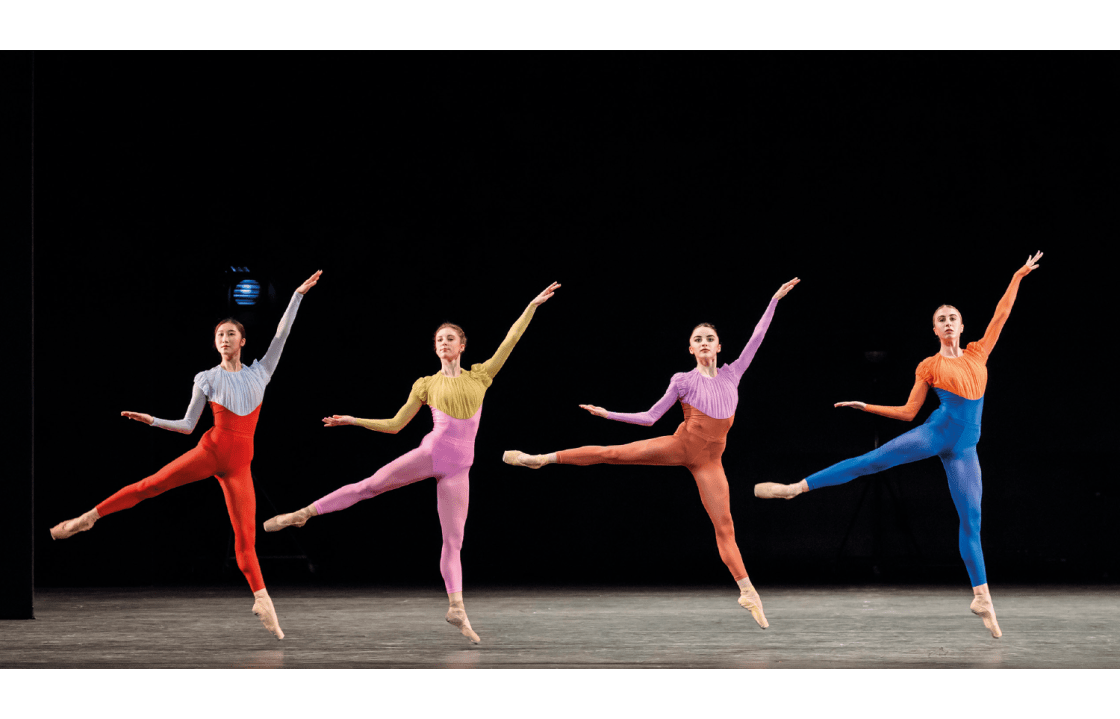After opening its 2024/5 season with a run of Christopher Wheeldon’s candy-coloured, kiddie-friendly Alice’s Adventures in Wonderland, the Royal Ballet gets down to business with a demanding but exhilarating programme of new work.
Newish, to be accurate; the evening’s only previously unseen piece is Joseph Toonga’s Dusk. Crystal Pite’s The Statement is eight years old and was previously seen at Covent Garden in 2021; Kyle Abraham’s The Weathering followed a year later; and Pam Tanowitz’s Or Forevermore has developed out of a duet that originated during the pandemic.
Dusk and The Weathering call for little comment. Both are well-crafted and safely generic, elegiac in mood and unassertive in theme. Dusk is notable for eloquent dancing by Marianna Tsembenhoi and Benjamin Ella; The Weathering has homoerotic undertones, culminating in a heartfelt solo for a bereaved Joshua Junker. Had they not been sandwiched between two masterpieces, both works could perhaps have made more impact: the performances were in any case altogether excellent.
The Statement could be an episode of the TV series Industry, as written by Kafka. Invisible voices broadcast a black comedy of corporate or government politics, in which unseen anonymous powers upstairs are threatening those in an office downstairs and the buck is being passed in fear and panic as nobody wants to claim responsibility for some atrocious unspecified decision. Four dancers (Kristen McNally, Ashley Dean, Joseph Sissens and Calvin Richardson, all brilliant) mime this downstairs drama in what could be described as signed body language, its implications both richly comic and psychologically telling, hilarious and chilling. Movements speak louder than words.
Or Forevermore is a marvellously ironic deconstruction of the conventions of classical ballet by somebody at one remove from them – the primary choreographic influence on Tanowitz is clearly the abstract aesthetic of Merce Cunningham, close collaborator of John Cage and Robert Rauschenberg, with Balanchine entering her creative mix later.









Comments
Join the debate for just £1 a month
Be part of the conversation with other Spectator readers by getting your first three months for £3.
UNLOCK ACCESS Just £1 a monthAlready a subscriber? Log in